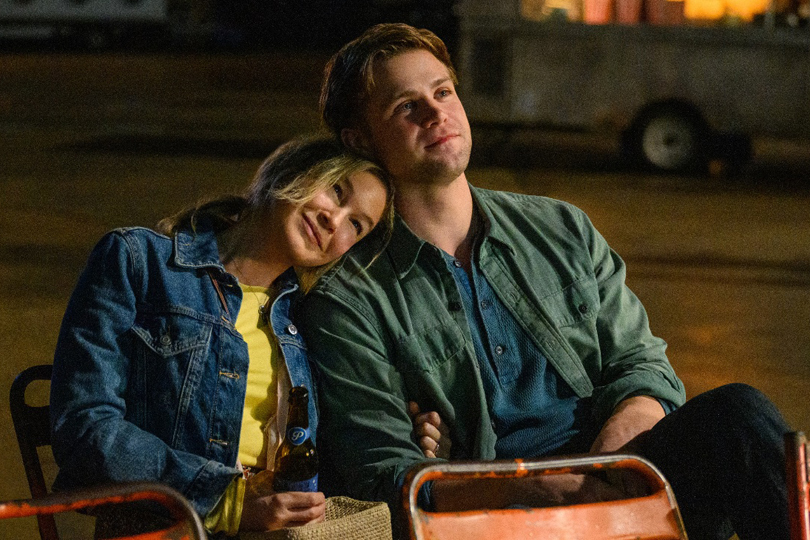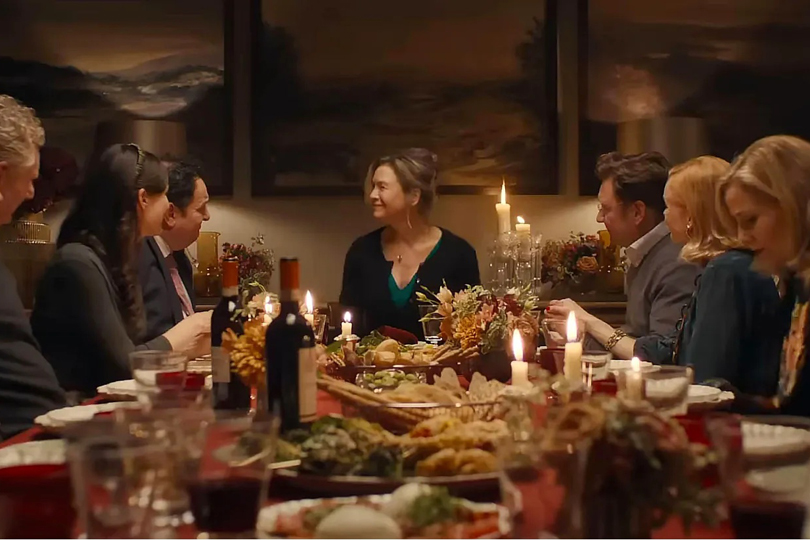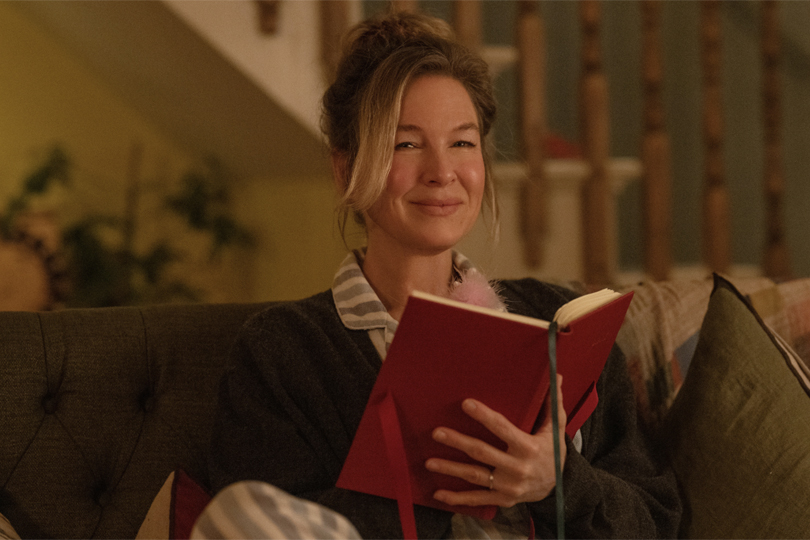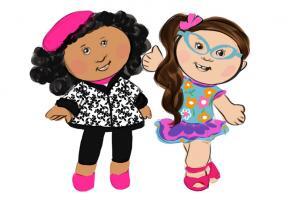By Alison McGill
Sitting down to watch the newest Bridget Jones film I was prepared for loads of laughs, familiar faces, and classic Bridge moments that Renée Zellweger has so perfectly embodied since 2001 (!). Bridget Jones: Mad About the Boy delivered all of this in spades.
A few highlights: the return of incorrigible cad Daniel Cleaver (Hugh Grant brings his A+ game); Bridget’s iconic “Frazzled Englishwoman” style, inclusive of her signature big knickers and Elsa Peretti open heart necklace; and her support squad of lifelong besties, Tom, Jude and Shazza.
The promo for the film leans heavily into the fact Bridge has hot, young toy boy—played by dreamy Leo Woodall—who’s almost half her age. It’s not a spoiler alert for me to tell you Bridget Jones: Mad About the Boy picks up four years after the untimely death Jones’ husband Mark Darcy (Colin Firth), and widowed Bridget and her two young children are struggling to carry on. I was not quite ready for how intense, and accurately heartbreaking the grief journey would be portrayed in this film, but I am so glad it went there.

Grief is one of the most fundamental and powerful human emotions, yet it is still something we as a society don’t do well. In our supposed age of authenticity, there remains an awkwardness and polarizing uneasiness surrounding death and grief. For those experiencing it, it’s that gnawing feeling people are looking at you differently, and suddenly don’t know how to be with you. Friends who’ve been your stalwarts in life suddenly don’t know what to say or do for you.
This very scenario is brilliantly portrayed in an early scene in Mad About The Boy when Bridget attends a dinner party thrown by friends to celebrate Mark Darcy’s birthday. A long shot shows Bridget seated at the head of a dining table with at least 12 sets of eyeballs staring back at her, heads slightly tilted, asking her how it’s all going, but none of the guests are actually prepared for her real-time answers. From here we also learn that our heroine is not only grieving the loss of her spouse, but also the loss of her father. This is when grief quickly becomes an uncredited main character in the film for Bridget and her children.

To be fair, until you have experienced great loss life, it’s impossible to understand the complexities and depth of grief. As the late Queen Elizabeth II once famously said: “Grief is the price we pay for love.” In this film, we feel that love, and most definitely see the toll grief takes on Bridget and her family, particularly her eldest child Billy. It also beautifully exemplifies resilience and the importance of finding light in the darkness of grief, and humour amidst the struggles. It also shatters the myth held by some that the deep rawness of grief is something that passes in a year. Grief looks different for everyone, and it is certainly an emotion that takes far longer than 365 days to process. It takes years. Loss is something you learn to live with, rather than get over.
As a someone who has been on my own personal grief journey for the past several years, I found my old friend Bridget Jones more relatable than ever in this film. I laughed a lot, and I cried even more.
According to author Helen Fielding, this movie marks the end of our adventures with Bridget Jones and her diary (which by the way plays a key role in processing her grief). My hope is that Bridget returns just once more so we can see how she and the children are getting on, and because I know there are still a few more life lessons we can learn from the inimitable Ms. Jones.
Bridget Jones: Mad About the Boy is streaming now on Prime Video in Canada.











